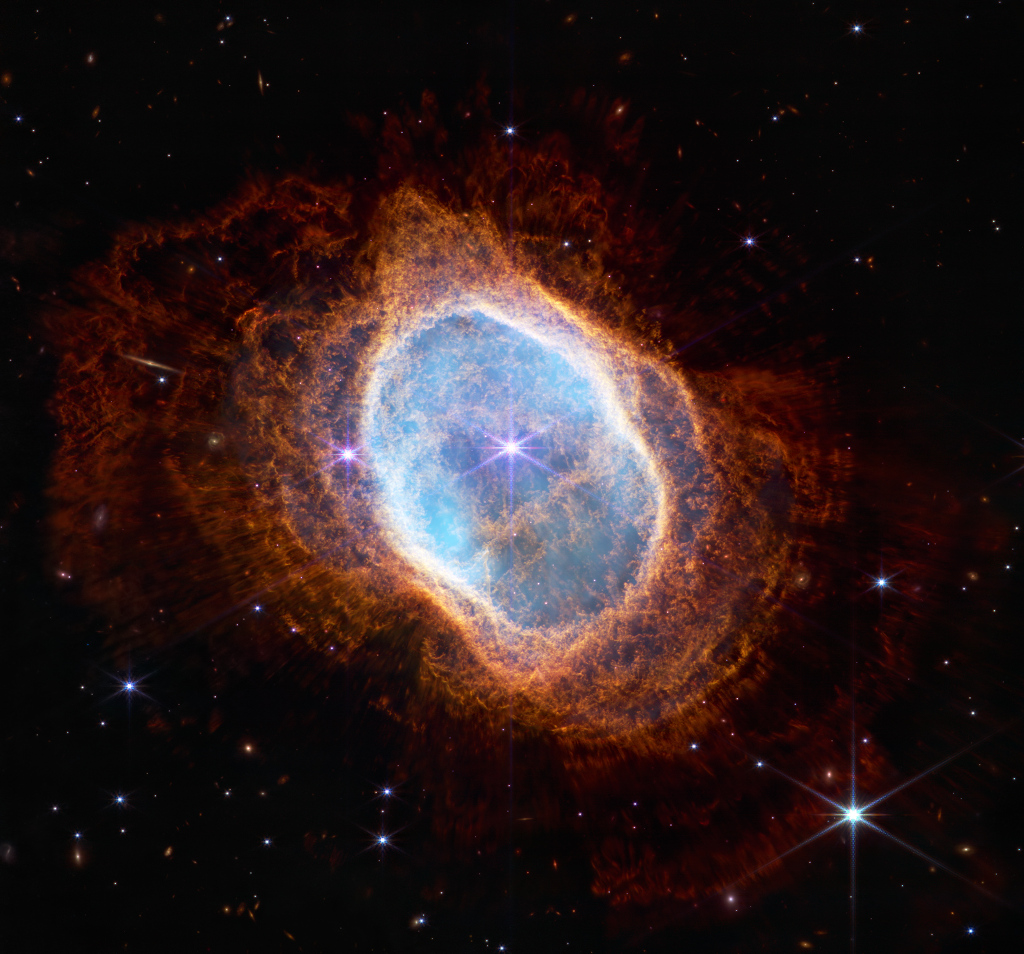
This tunnel view looking up from level 5 is of the Zero Gravity Facility at Lewis Research Center, now known as the Glenn Research Center. via NASA https://ift.tt/b4LGRdE

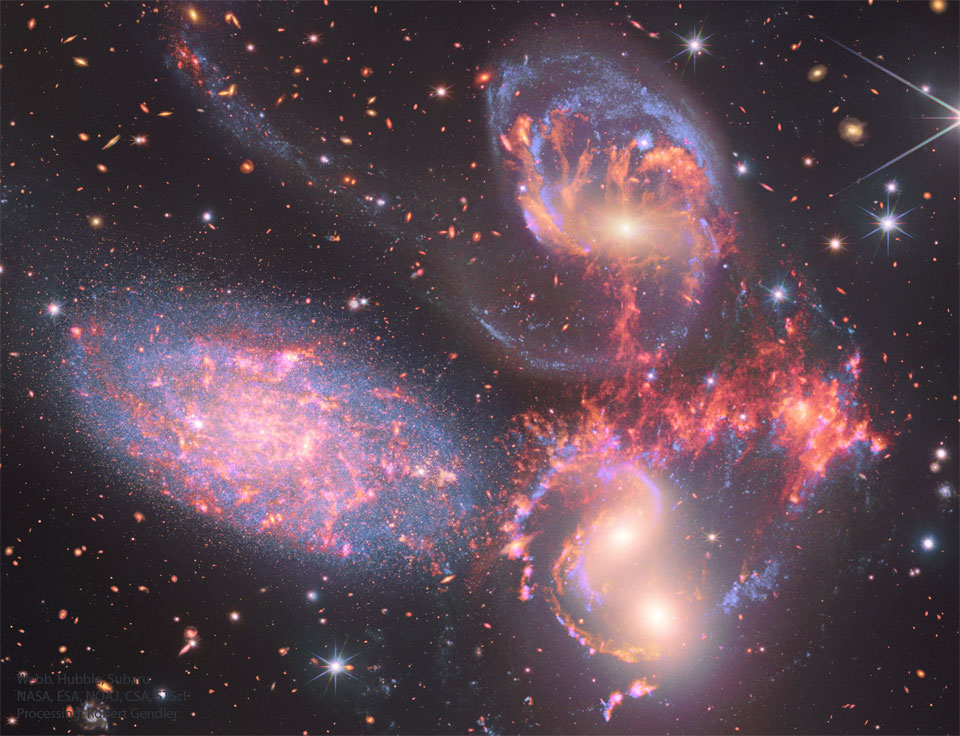
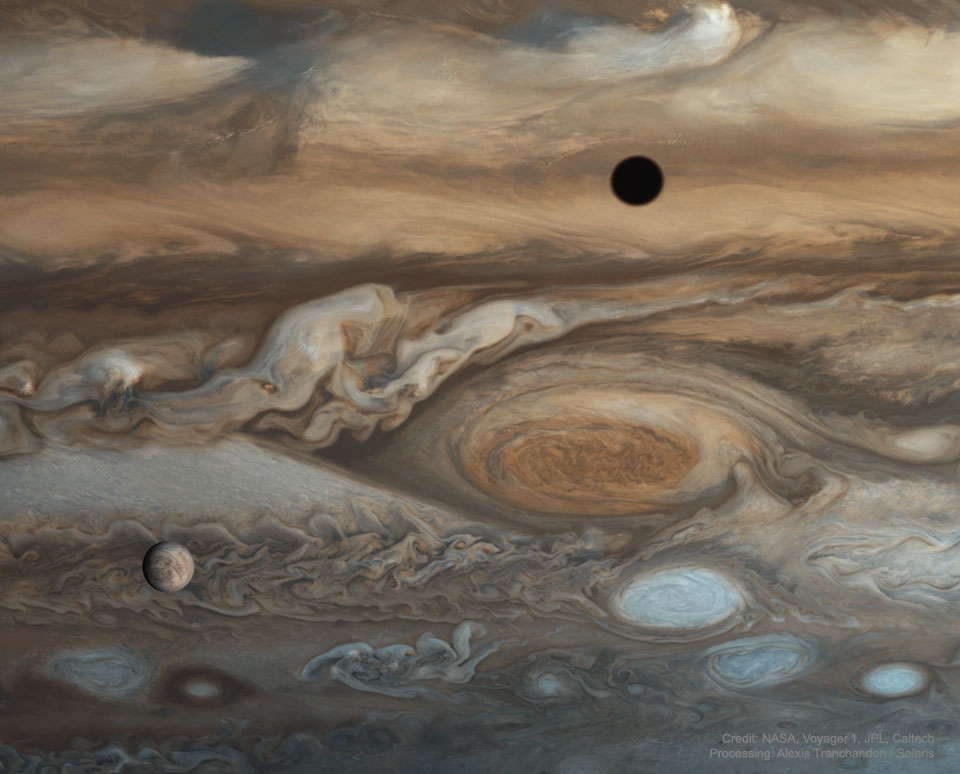
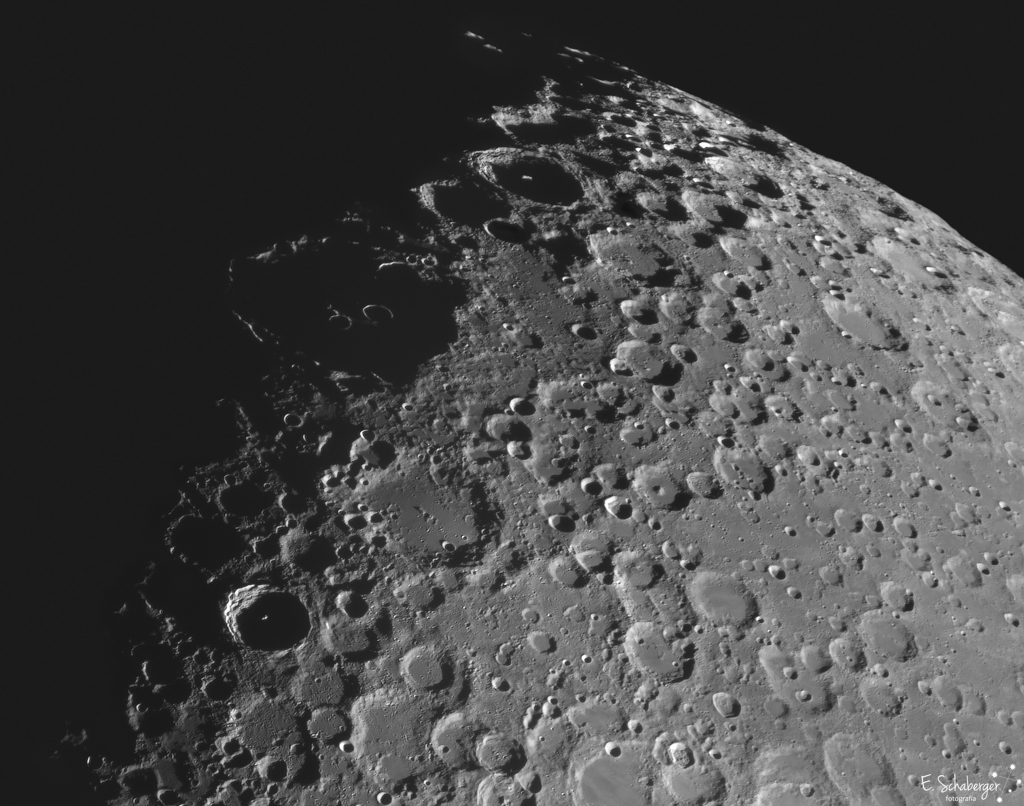
NASA Administrator Bill Nelson and Deputy Administrator Pam Melroy will attend the Farnborough International Airshow in the United Kingdom on Monday, July 18.
from NASA https://ift.tt/nhsXNOY
via IFTTT
The NASA International Space Apps Challenge – the world’s largest annual hackathon – returns this year with the theme “Make Space,” which emphasizes NASA’s commitment to inclusivity.
from NASA https://ift.tt/eQ2oqkI
via IFTTT

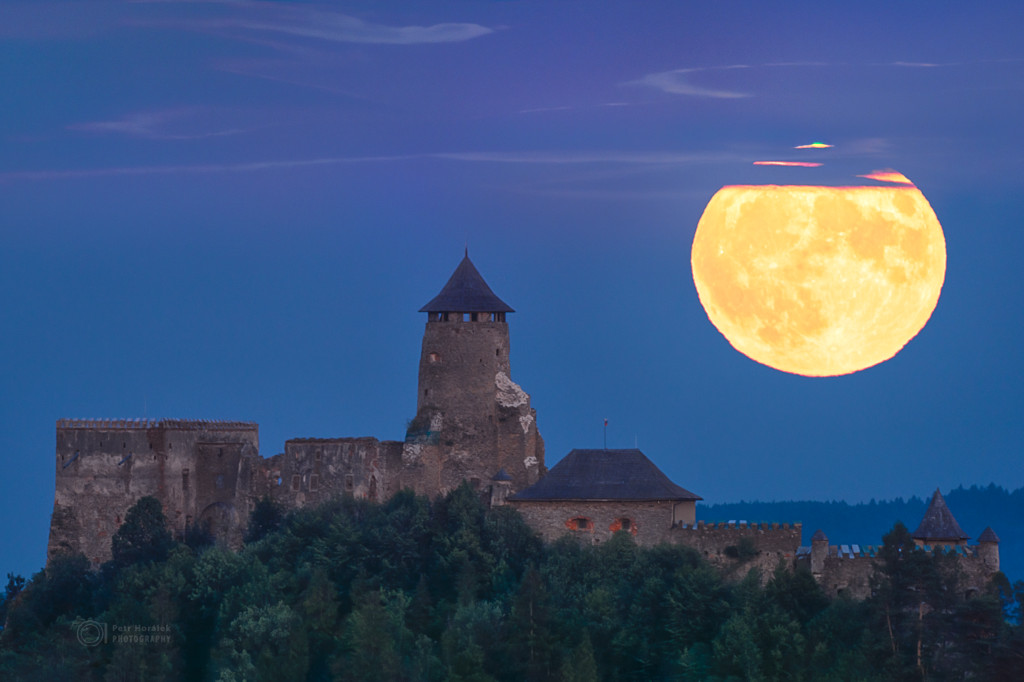
A SpaceX Dragon resupply spacecraft carrying more than 5,800 pounds of science experiments, crew supplies, and other cargo is on its way to the International Space Station after launching at 8:44 p.m. EDT Thursday from NASA’s Kennedy Space Center in Florida.
from NASA https://ift.tt/qz7Isly
via IFTTT
